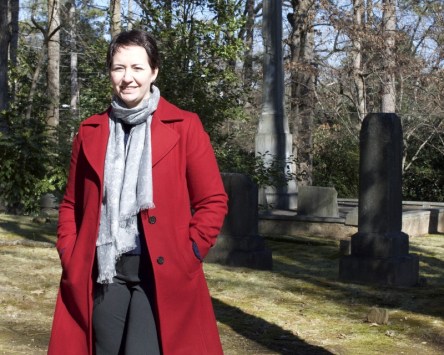It’s never too late to improve livability. Buckhead, an affluent and well-developed Atlanta submarket, demonstrates that notable change can be made even in established areas. Green space and cultural engagement are key to the transitioning community’s success. Markets experiencing the strongest, most sustainable growth these days are those where residents can work, live, and play in pedestrian-friendly communities. Ownership of a single-family home, an automobile, and long commutes from the suburbs don’t rank high on Millennials’ lists. Instead, they trend towards pedestrian neighborhoods with alternative transportation, active street scenes, and an emphasis on environmental stewardship. Buckhead fell woefully short in many of these areas. The submarket gained a reputation throughout metro Atlanta for its sprawling estates and commercial success but it was decidedly unapproachable and in many potential residents’ eyes, unlivable. Without major changes, Buckhead would sabotage its own growth and vitality. One spark initiated the necessary changes. In 2011, Denise Starling received a daunting task. The Executive Director at Livable Buckhead found herself facing a green space deficit and a demand for change. “Howard Shook is our councilman and he came to us and said ‘City of Atlanta just did this plan that identified my district as the lowest parked in the entire city of Atlanta. That can’t be. Go fix it!’ He literally said, ‘Go fix it!’” Starling laughs. “We’re like…alright. So that’s basically how we started a green space plan.” The councilman was right. At the time, the Community Improvement District, Buckhead’s commercial center, had only 2.14 acres of green space per thousand people. The standard is 15 acres. Establishing parks became the organization’s primary objective. Walkability was also a sought-after feature that Buckhead lacked. At the time, WalkScore dubbed the area as “car dependent,” entailing that most residents had to...

